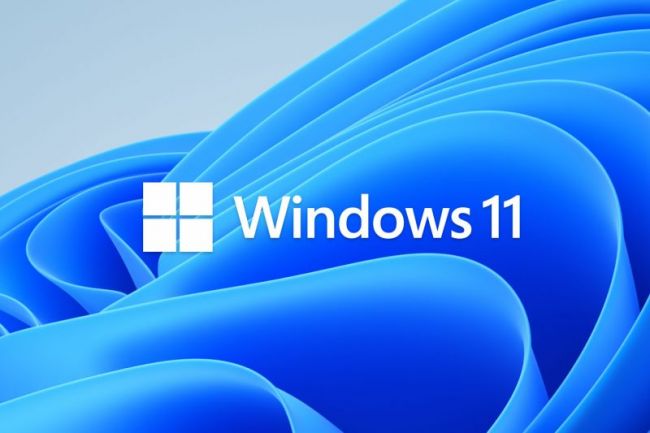In just two years, DeepSeek has transitioned from a startup to one of the most disruptive forces in the global AI landscape. While many global giants dominate headlines, DeepSeek is quietly rewriting the rules of AI development, efficiency, and open-source innovation- shifting the balance between Western and Eastern AI ecosystems.
The Vision Behind DeepSeek: Efficiency Over Monetisation
Founded in 2023 by Liang Wenfeng, known for co-founding High-Flyer, a hedge fund specializing in AI-driven quantitative trading. Instead of focusing on monetization or flashy product rollouts, DeepSeek was built with one mission: to create powerful, affordable, and research-driven large language models (LLMs) that prioritize open-source contributions and lean training strategies.
This shift from profit-first to research-first sets DeepSeek apart in a market dominated by monetization-heavy platforms.
DeepSeek’s LLM Timeline: Rapid Development in Two Years
| Model | Release Date | Description |
| DeepSeek Coder | Nov 2023 | Open-source model specialised in code and dev tasks |
| DeepSeek LLM | Dec 2023 | General-purpose language model with broad language skills |
| DeepSeek-V2 | May 2024 | High-performance model focused on efficient inference |
| DeepSeek-V3 | Dec 2024 | MoE-based model with 671B parameters, low training cost |
The release of DeepSeek-V3 marked a turning point. Built on a Mixture-of-Experts (MoE) architecture, it slashed training costs to just $5.58 million over 55 days- a small fraction compared to OpenAI’s or Google DeepMind’s training budgets.
DeepSeek-V3 vs. the World: A Benchmark Comparison
| Metric | DeepSeek-V3 | GPT-4 (estimated) | Claude 3 Opus |
| Parameters (active) | 13B (of 671B total) | ~100T (MoE, not public) | Undisclosed |
| Training Cost | $5.58M | $100M+ (estimated) | $50M+ (estimated) |
| Inference Latency | Low (MoE efficient) | Moderate | Moderate |
| Open Source | Yes | No | No |
| Available in China | Yes | No | No |
DeepSeek-V3's advantage is clear: massive parameter scale without massive costs, combined with open-source accessibility and localisation for the Chinese tech environment.
_1743795901.png)
Engineering Innovation: The MoE Edge
DeepSeek’s real technological edge lies in its Mixture-of-Experts architecture. Unlike traditional dense models that activate all parameters during inference, MoE selectively activates a subset (e.g., 2 of 64 experts) per input.
Key Benefits:
- Faster inference speeds
- Lower GPU memory usage
- Significantly reduced training costs
- Scalable to massive model sizes without exponential cost
This approach allows DeepSeek to train larger models with smaller budgets, a critical capability in a market where access to high-end computing is limited due to export restrictions.
Price Wars and Market Disruption in China
When DeepSeek-V2 launched in 2024, it triggered a dramatic price drop across China's AI landscape. Companies like Tencent, Baidu, ByteDance, and Alibaba were forced to cut their LLM pricing just to stay competitive.
Yet, DeepSeek managed to stay profitable. Its success can be attributed to:
- Smaller teams with focused goals
- Efficient MoE model training
- No consumer-facing apps
- Strategic use of open-source channels for adoption
DeepSeek challenged the traditional tech playbook, proving that innovation can scale without the overhead of mass-market deployment.
Smart Strategy in a Controlled Environment
China’s AI regulation environment is tight and evolving rapidly. Unlike many domestic competitors, DeepSeek has intentionally avoided offering AI chatbots or end-user tools directly to consumers.
This allows the company to:
- Avoid direct compliance with CAC (Cyberspace Administration of China) guidelines
- Focus on research, API tools, and enterprise partnerships
- Safely open-source models without crossing regulatory red lines
Who’s Building These Models? Fresh Talent with Broad Knowledge
DeepSeek takes a non-traditional approach to hiring. Instead of only recruiting engineers from China’s elite tech ecosystem, the company:
- Hires recent university graduates
- Welcomes candidates with backgrounds in mathematics, literature, and philosophy
- Encourages interdisciplinary contributions to model training and alignment
This diversity enhances the linguistic and cultural depth of their models, giving DeepSeek an edge in understanding nuance, context, and natural expression.
Key Challenges: Censorship, Chips, and Data Security
Despite its impressive rise, DeepSeek faces several strategic risks.
- Censorship Compliance: To remain operational within China, DeepSeek blocks sensitive queries related to Tiananmen Square, Taiwan, and other politically sensitive topics. This may limit broader global adoption.
- Chip Dependency: Like many Chinese AI firms, DeepSeek depends on Nvidia A100 and H100 chips, which are still largely sourced from the U.S. Export restrictions or disruptions in the supply chain could pose long-term risks.
- Data Privacy Incident: In early 2025, a security lapse exposed chat logs and API keys, prompting some Australian universities to halt usage. While the issue was quickly patched, it highlighted concerns around data governance and security maturity.
Why DeepSeek Matters Globally
While OpenAI, Anthropic, and Google dominate the Western LLM conversation, DeepSeek quietly provides a blueprint for lean, disruptive AI development:
- Proves that MoE architectures can work in real-world scenarios
- Shows that efficient training matters more than massive funding
- Creates high-performing open-source models for global developers
- Forces local giants like Baidu and Alibaba to rethink their pricing models
Final Outlook
As of 2025, DeepSeek has no immediate plans to commercialize its models through consumer-facing platforms. However, its growing influence in open-source communities, combined with an efficient development pipeline, makes it one of the most promising contenders in the global AI landscape.
If the company continues on its current trajectory, DeepSeek could define the future of affordable, ethical, and scalable AI, shaping how emerging economies participate in the AI arms race.
DeepSeek is a reimagination of how large language models can be developed and shared, strategically, sustainably, and with impact that reaches far beyond its origin country.
Post Comment
Be the first to post comment!




